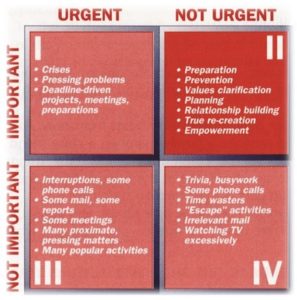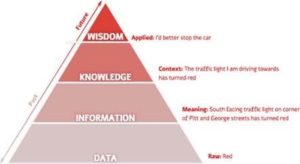Every day when we come to the office we tend to get bogged down in the minutia of the day. Email, Instant Messages and Phone calls take our time in between meetings. We stay busy and work extra to keep up with the daily barrage of information.
Yesterday was June 6, and it was the D-Day anniversary, one of the greatest challenges ever faced by mankind, the liberation of Europe from a heavily fortified enemy by the Allied Forces. The History channel summarizes it this way:
During World War II (1939-1945), the Battle of Normandy, which lasted from June 1944 to August 1944, resulted in the Allied liberation of Western Europe from Nazi Germany’s control. Codenamed Operation Overlord, the battle began on June 6, 1944, also known as D-Day, when some 156,000 American, British and Canadian forces landed on five beaches along a 50-mile stretch of the heavily fortified coast of France’s Normandy region. The invasion was one of the largest amphibious military assaults in history and required extensive planning. Prior to D-Day, the Allies conducted a large-scale deception campaign designed to mislead the Germans about the intended invasion target. By late August 1944, all of northern France had been liberated, and by the following spring the Allies had defeated the Germans. The Normandy landings have been called the beginning of the end of war in Europe.
In context our daily challenges certainly seem small, but they are not inconsequential to us! They are the problems we have to deal with every day!
If you have never read the book by Stephen Covey, 7 Habits of Highly Effective People, it is certainly worth a read, even if you read the cliff notes version.
One of the key paradigms he talks about in the book is effective time management via prioritization. He uses a simple grid (shown below) to demonstrate how we can get caught up in the output but not focus on the outcome. This is a key difference in the agile mindset. Teams need to be focused on the outcome, not necessarily the output. To that end we must focus a great deal of time and energy on limiting our Work in Process and focusing on delivering the things that bring the MOST value first, and the things that bring little value may get done later. This shift in focus is very difficult to execute in the enterprise workplace because it is often hard to know what is most valuable and what is the current priority. Most of us tend to rely on our leadership to keep us focused on priorities. Sometimes that causes us to not deliver value, or to switch tasks frequently. In other words, we create outputs instead of outcomes.

Since this takes some time to master, you might try this in your personal life first to get comfortable with the thinking and effort it takes to use this approach. You might find that cleaning the garage gets put off in order to read that book that helps you manage your time better!

